Seaweed and lichen have some interesting characteristics in common. Nearly all seaweed like lichen are edible. But like most seaweed most lichen are not palatable. There are a few seaweeds that with little or no processing can taste good. Lichen rarely if ever reaches that level. And there are a few seaweed that are toxic as there are a few lichen that are toxic.
Irish Moss is a commonly used seaweed, and , a lichen, used medicinally both externally and in a tincture for internal use. Reindeer Moss — another lichen — is also edible but tastes like mushroomy dirt. Among the more common edible seaweeds are Tape Seagrass, Bladderwrack, Caulerpa, Codium Compendium, Gracilaria, Sargassum and Ulva, or Sea Lettuce. Some seaweed, Ulva for example, is nice just as it is. At least one restaurant in Port Canaveral used to have a seaweed salad made with Ulva. Back before the port was a busy tourist dock I used to fish there for Flounder, Horse Conch, Stone Crabs and Mullet. Seaweed, incidentally, is one of those foods that can be harvested even in the winter as long as you have some tidal change.
Recently I ranted about folks who say things like “don’t forage within 100 feet of a road.” I think it is more important to think about what you are seeing rather than using a throw-away rule. Is the road a country way or an interstate? Are you uphill or downwind? What’s the lay of the land? Which way does rainfall flow once it hits the ground? Which way might chemicals be carried? A related question is can you forage in a city? Surprisingly there is some research on the topic.
Dan Brabaner is a geoscience professor at Wellesley College, Boston. With some undergraduate students they studied preserved food collected from fruit trees and the like in the urban Boston area. What they found was cherries, apples, peaches and herbs were relatively low in lead and arsenic. That is, a serving had less amounts of these toxins than the allowed daily amount for a child. The team also did not find a significant difference between peeled and unpeeled fruit. While this is good news there are some variables to consider.
One reasons why fruit tends to be low in toxic metals is it is usually the farthest from the soil containing the metals, literally up on trees. It is not easy for some plants to get a bit of lead from the ground to high hanging fruit. And while herbs are closer to the ground they grow fast and don’t live too long. As I tell my students most of the problem stuff on green leafy edibles is easily washed off. The unfortunate champions at collecting bad metals are roots and tubers. They are slow-growing and are in the very medium carrying the metals. It’s not surprising that as you go down a plant things get worse and as you up things get better.
There was a surprise finding in the study but not that surprising if you think about it. Brabander analyzed foraged food from plants growing in the urban environment not growing on agricultural soil. These foods had higher micronutrients than usual which I take to mean they were not growing on worn-out agricultural soil. Calcium and iron were higher as were manganese, zinc, magnesium and potassium. Thus we know that not only do wild plants pack more of a nutritional punch because they are wild but also because they can be growing in better soil. Phillip Stark, a statistics professor in Berkley California, leads a program in the Bay area looking into metal contamination and nutritional composition of plants there. Regarding the study results Stark said foraged greens can add “hyper-fresh, hyper-local, hyper-nutritious greens to everyone’s diet, in particular bringing phytochemicals, micronutrients, and fiber, which the typical American diet lacks.”
To all of this I have to say yes and no. While I have no great qualms about foraging in an urban environment — after accessing the lay of the land — I think it is important to know what the land was used for if you are going to harvest there regularly. I can think of three examples.
In a small city not far from here there was a paint and solvent factory. It burned to the ground including tanks of various chemicals. (See red square.) It was a fire of monumental proportions with rocket like explosions. It even set fire to nearby railroad cars full of solvents. The lay of the land was such that the water drained to the west then north into the St. John’s River. Directly across the street to the west was a large amount of acreage used for truck farming. Officials quickly shut that down as bad chemicals flowed that way with the drainage system. That would almost seem as if those in charge did the right thing. An individual, however, grew vegetables right next to the road and across the street from the factory. He sold those “fresh” vegetables for years virtually a baseball’s throw from the still standing relics of the factory fire. I never bought anything there. Worse, directly cross the street to the south a junk yard was created — precisely because the soil was contaminated — but that also meant a lot of spilled old gas and oil in the area along with other automotive chemicals. The junk yard is still there but the truck farm is now a huge parking lot.
If I were foraging in a city I would want to know what the land was previously used for and which way the drainage flows and from where. In this same town there was a garbage dump which accumulated over an abandoned water-front fuel depot. Now virtually on top of all that is a fancy apartment complex. I ain’t going to eat any daisies from around there. In another area where I teach I noticed after digging up some edible yams — for demonstration — that my hands stayed unusually dirty. It required a lot of scrubbing to get them clean. The yams were located where a house had burned down long ago. The soil was full of soot, and who knows what else. Exactly when did the house burn down and what chemicals were used then to preserve wood? There’s no doubt a lot of lead in the soil as well from paint. Even today new houses are sick houses until all the fumes from the chemicals have been allowed to dissipate. There are also other consideration.
I would not forage for greens in a dog park, nor a backyard if cats used it as a solid waste bathroom. Toxocariasis is when common parasites of dogs and cats infect humans, usually kids under 10. They puts things in the yard in their mouths and while the droppings might have disintegrated the larva can still be around. That said, most pollution issues can be avoided just by thinking rather than following insipid rules. Look at the property, look around the property, assess the property, and if necessary, find out what it was used for in the past.
Upcoming Foraging Classes:
Sunday, Nov. 22nd, Red Bug Slough Preserve, 5200 Beneva Road, Sarasota, FL, 34233, 9 a.m
Sunday, Nov. 29th, Florida State College, south campus, 11901 Beach Blvd., Jacksonville, 32246, 9 a.m.
Sunday, Dec. 13, Mead Garden,1500 S. Denning Dr., Winter Park, FL 32789, 9 a.m.
Sunday, Dec. 20th, Dreher Park, 1200 Southern Blvd., West Palm Beach, 33405, 9 a.m.
Sunday, January 17th, 2016, Sunday, Nov. 15, Mead Garden,1500 S. Denning Dr., Winter Park, FL 32789, 9 a.m.
To learn more about the classes go here.
Want to identify a plant? Perhaps you’re looking for a foraging reference? You might have a UFO, an Unidentified Flowering Object, you want identified. On the Green Deane Forum we — including Green Deane and others from around the world — chat about foraging all year. And it’s not just about warm-weather plants or just North American flora. Many nations share common weeds so there’s a lot to talk about, such as the one to the left. There’s also more than weeds. The reference section has information for foraging around the world. There are also articles on food preservation, and forgotten skills from making bows to fermenting food. Recent topics include: Some Type of Olive? Cultivating Hopniss California Wild Mushroom Parties, A Good Reason To Eat Wild Garlic, Black Walnuts and Amaranth, Sea Salt and Plastic, Wild Mustard? Heavy Metals. Oriental Persimmons. What is it? Pine Cough Drops and Needles, Skullcap, Malodorous Plant? Another NJ Tree, Maypop? Roadside Plant, Unknown in Sudan, Please Help Identify, and Preserving Prickly Pear Bounty. You can join the forum by clicking on the button on the upper right hand side of this page.
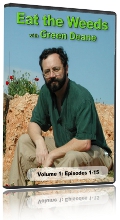 All of Green Deane’s videos are available for free on You Tube. They do have ads on them so every time you watch a Green Deane video I get a quarter of one cent. Four views, one cent. Not exactly a large money-maker but it helps pays for the newsletter. If you want to see the videos without ads and some in slightly better quality you can order the DVD set. It is nine DVDs with 15 videos on each. Many people want their own copy of the videos or they have a slow service and its easier to order then to watch them on-line. They make a good Christmas or birthday gift. Individual videos can also be ordered. You can order them by clicking on the button on the top right of this page or you can go here.
All of Green Deane’s videos are available for free on You Tube. They do have ads on them so every time you watch a Green Deane video I get a quarter of one cent. Four views, one cent. Not exactly a large money-maker but it helps pays for the newsletter. If you want to see the videos without ads and some in slightly better quality you can order the DVD set. It is nine DVDs with 15 videos on each. Many people want their own copy of the videos or they have a slow service and its easier to order then to watch them on-line. They make a good Christmas or birthday gift. Individual videos can also be ordered. You can order them by clicking on the button on the top right of this page or you can go here.
This is weekly newsletter 183.
To donate to the Green Deane Newsletter click here.

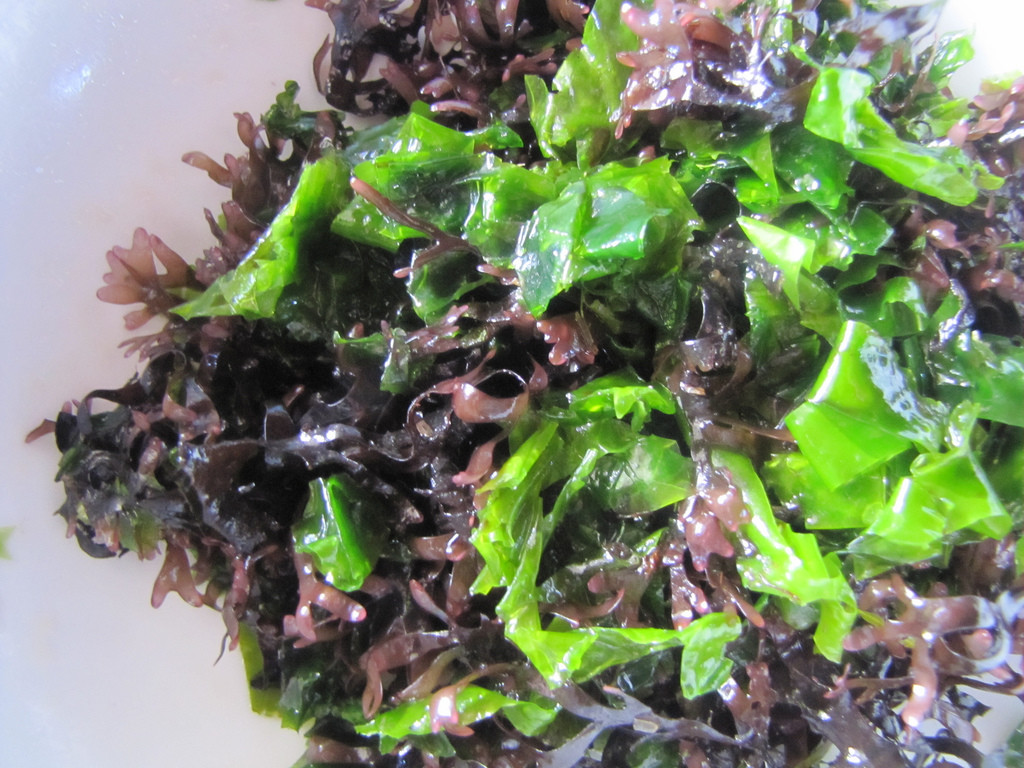
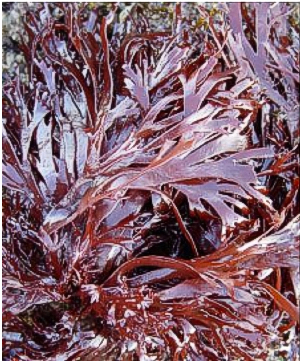
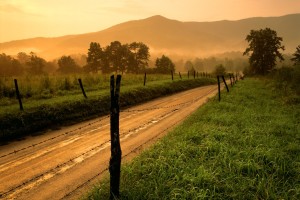
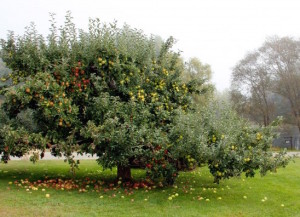
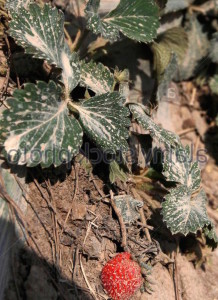

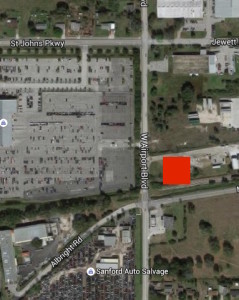
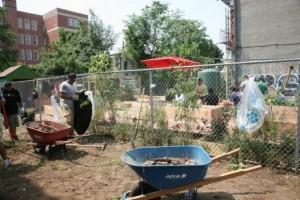
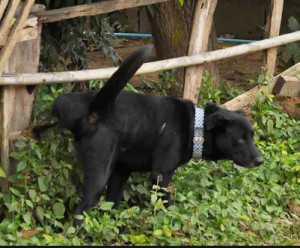
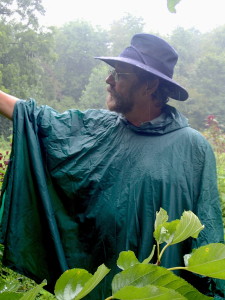
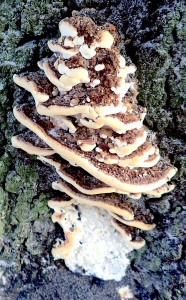

No doubt the foraging locality is very important to consider at the outset. I think, apart from foragers, the public at large should be aware of the points raised as they are very interesting and very useful health wise. It is also interesting to know how gravity affects the distribution of metal ions from root to summit of plants. Again, how that comes in harmony when considering herbs and trees is very wonderful.
I can now remember a medicinal prescription from what we’ve inherited under the name “Prophetic Medicine Cure”. It cures a type of rheumatism that causes pain to the muscles – arm down to leg. It is simple, straightforward and effective. That is taking soup prepared from sheep’s leg, provided that the animal has grazed on plants in the outskirts of Mecca. We here note the importance of the locality where the sheep feeds on natural clean” Senna”. I may add Sudanese shepherds are always proud of the good quality of the meat of their cattle as they feed them on grass grown naturally on the wide wild away from artificial fertilizers or any contaminants.
In addition to concerns about chemically preserved wood (and the heavy metals they are likely to contain) are a plastics. Burning plastics create tremendousy toxic substances – and houses are now floored, wrapped, and covered in plastic, and comprise a huge percentage of the ‘stuff’ inside.
By the way, many of the synthetic chemicals and heavy metals found in homes will not dissapate over time, but continue to be outgassed and/or transfered via direct skin contact for the life of the substance (vinyl, foam carpet padding and furniture cushions, mercury from wallboard if made with gypsum recovered from the smoke stacks of coal-fired power plants, mercury from flourescent bulbs, including CFLs, synthetic resins and glues in OSB, cabinetry & plywood, mold-suppressing agents in paints…).
Nearly everything in a ‘modern’ house is created of, using, or results in the production of by-products that are toxic. There are ecologically sustainable, non-toxic alternatives to nearly all of them.
So glad you have covered the topic of how each site must be assessed – as best it can be – individually. And how important it is for every forager to be aware, and the THINK about each site, rather than blindly following a simplistic set of rules.
Bravo for another great article!